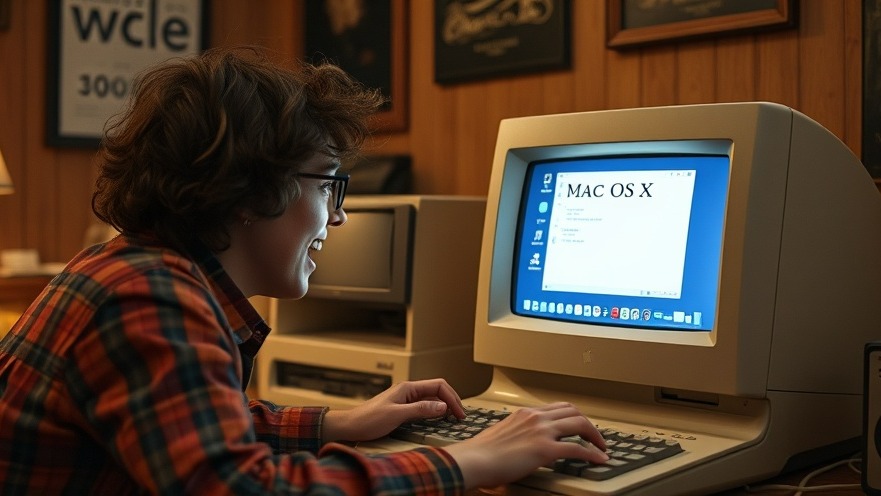
Aquatic Nostalgia: A Journey Through Time with Infinite Mac
For many of us, the sight of the iconic Mac interface invokes a sense of nostalgia. Remember the cheerful chimes, the friendly folder faces, and mighty productivity that came with ClarisWorks? Thanks to a groundbreaking historical project called Infinite Mac, those cherished memories can now be relived directly in your web browser, no vintage hardware required. This innovative tool allows users to emulate classic Macintosh operating systems, dating all the way back to the original System 1.0 from 1984.
Reviving the Classics: What Infinite Mac Offers
Created by Mihai Parparita, Infinite Mac functions as a time capsule powered by cutting-edge WebAssembly technology. It features an array of emulators such as Mini vMac, Basilisk II, SheepShaver, and excitingly, PearPC. This means you can now run early versions of Mac OS X in your browser, including the beloved OS X 10.1 and 10.3 (Panther). Each experience is further enriched by the charming Aqua design and the joy of witnessing bouncing Dock icons once again. Though the performance may not match today’s standards—it's not exactly fast—it offers a delightful journey through tech history.
Accessibility and Community Engagement: Embracing Nostalgia
One of the standout features of Infinite Mac is its ease of access. With a simple visit to designated URLs like system6.app or macos8.app, users can dive straight into fully equipped environments filled with nostalgic software, classic games, and the oh-so-familiar Mac startup sound. This adventure is not just for the nostalgic designers or curious coders; it’s also for anyone fascinated by digital history who wants to appreciate the evolution of user interfaces.
Open Source and Collaborative Exploration
Infinite Mac isn’t just a time machine; it’s a community project that encourages collaboration and contribution. Interested users can access the project on GitHub, where they can tinker with code, contribute to its development, or simply enjoy discussing and exploring older user experiences. This community-driven spirit aligns perfectly with modern technological trends, showing how nostalgia can drive innovation in engaging platforms.
The Value of Nostalgia in Marketing and Branding
Considering how successful brands leverage nostalgia in their marketing strategies can be incredibly enlightening. Much like Infinite Mac taps into our collective memories of early computing, franchisors can utilize brand nostalgia to strengthen their operations and enhance franchisee performance. By integrating familiar branding strategies that resonate emotionally with customers, franchise systems can build loyalty and optimize brand consistency across multiple locations.
Incorporating nostalgic elements in marketing campaigns not only revives memories but also engages consumers on a deeper level. Franchisors who utilize this approach can see significant improvements in operational efficiency and brand engagement, reflecting how timeless experiences can drive modern success.
Final Thoughts on Reliving the Mac Renaissance
Whether you are a nostalgic tech enthusiast reliving the golden days of Mac or a modern entrepreneur seeking to refine operational excellence in your franchise, taking the time to explore digital histories enriches your understanding and approach to branding. So why wait? Open a new tab, experience the splendor of classic Mac OS once again, and reflect on how we can innovate while staying true to our roots.
 Add Row
Add Row  Add
Add 




Write A Comment